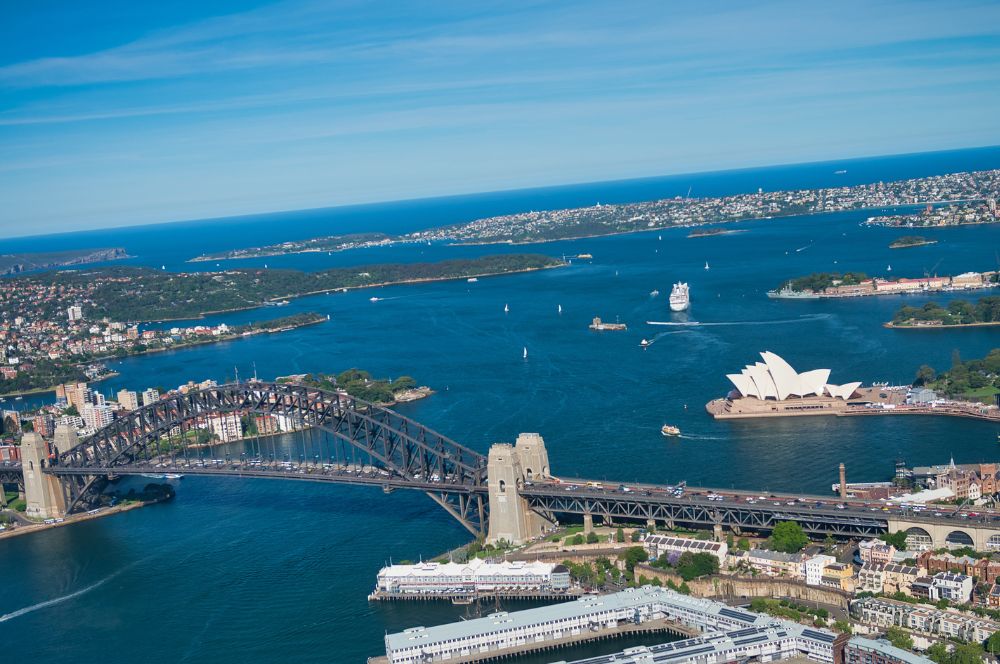You have 0 product(s) in your cart.
Abyss Scuba Diving
Sydney Harbour Scuba Diving: Ultimate Guide To Marine Biodiversity
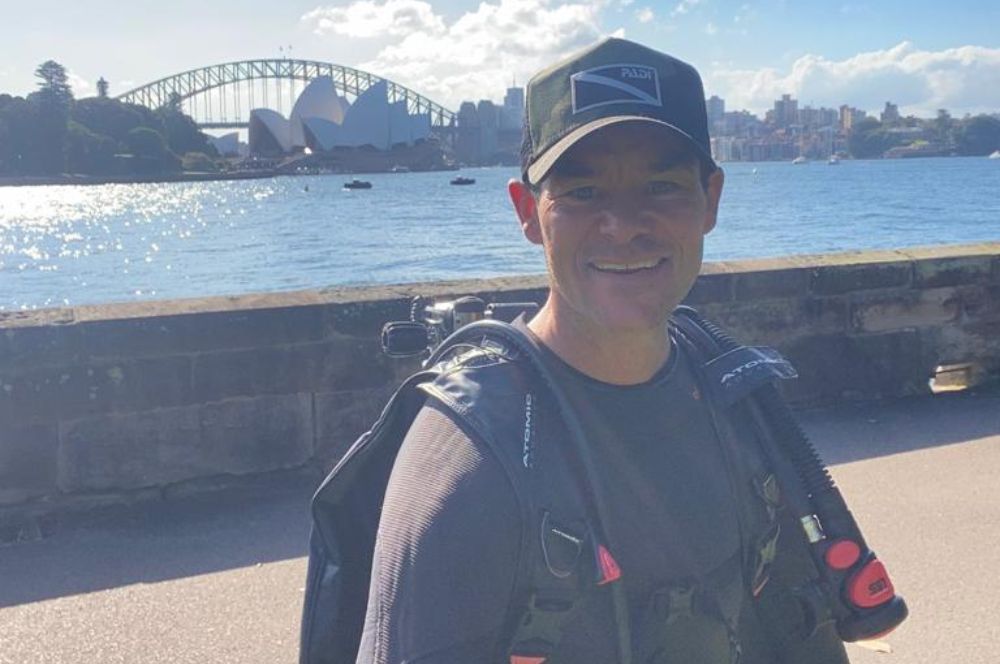
Sydney's Underwater Paradise: Discover the World's Richest Harbour for Marine Biodiversity - Ultimate Scuba Diving Guide
From the Sydney Opera House to Harbour Bridge, Sydney is renowned for its legendary landmarks; however, beneath the surface lies an even greater marvel - a breathtaking underwater paradise. Sydney Harbour, home to over 600 marine species, offers remarkable dive sites for scuba diving fans of all levels. This blog post will uncover the majestic aquatic life beyond the harbour's waves and highlight eco-friendly practices essential when exploring these depths! So don your gear and let us take you on an adventure through one of nature's most captivating playgrounds - underneath Sydney Harbour!
1. Sydney Harbour's Underwater Ecosystem
A. The unique geography of the harbour
Sydney Harbour, or Port Jackson as it's known to locals, is a breathtakingly beautiful natural harbour along Australia’s southeastern coast. An abundance of bays and inlets forms the complex shoreline, creating a perfect habitat for marine life. The underwater terrain provides all kinds of fascinating ecosystems featuring rocky reefs, sandy bottoms, seagrass beds and colourful sponge gardens – making this area teeming with aquatic wildlife!
B. Overview of marine species found in Sydney Harbour
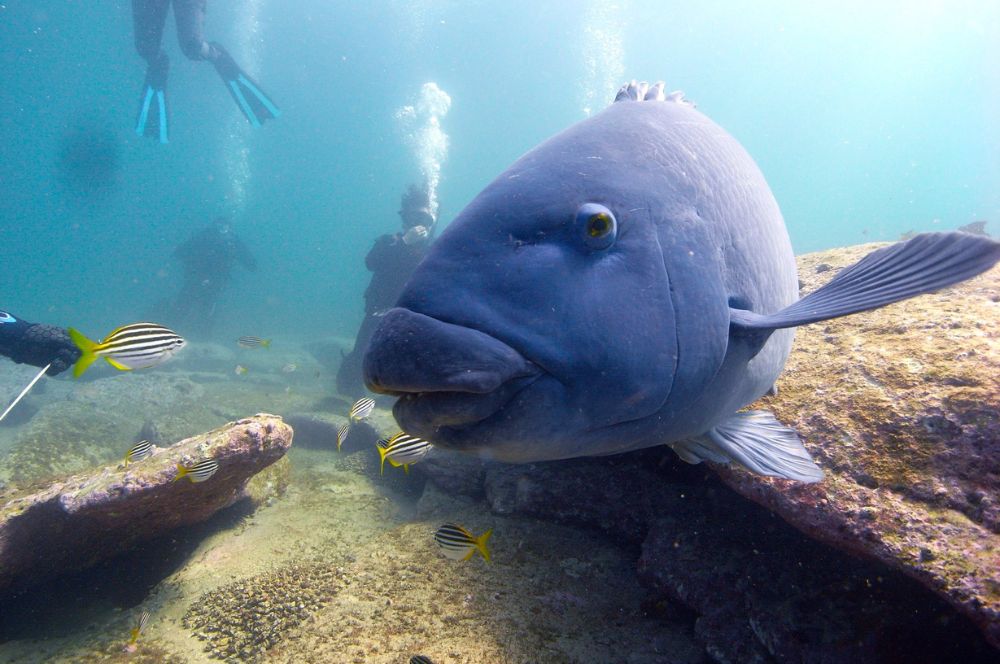
- Fish Adventurers who explore the depths of Sydney Harbour can expect to come across many fascinating fish species, from the playful blue groper and vibrant eastern blue devilfish to the majestic weedy seadragon. Furthermore, divers may be able to spot schools of silver sweep or one-spot pullers and various ray species like eagle rays and common stingrays.
- Invertebrates: Invertebrates play a crucial role in maintaining the health of Sydney Harbour's ecosystem. The harbour's most notable invertebrates include the giant cuttlefish, the gloomy octopus, and the eastern rock lobster. Additionally, divers prefer nudibranchs due to their striking colours and intricate patterns.
- Seaweeds and colourful sponge gardens Sydney Harbour's dazzling seascape is embellished with rocky reefs cloaked in majestic kelp forests and awe-inspiring sponge gardens. From delicate fan-like structures to colossal barrel sponges, these marine nurseries provide shelter and sustenance for countless species of aquatic life, contributing immensely to the harbour's diverse biodiversity.
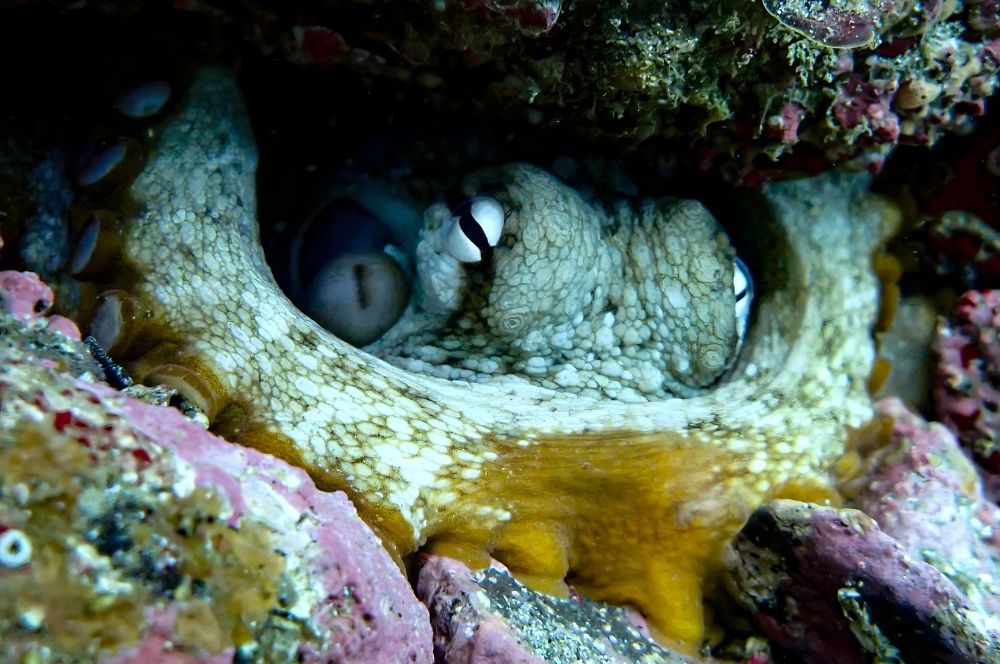
C. The role of Sydney Harbour in marine research and conservation
From researchers to conservationists, the amazing aquatic universe of Sydney Harbour has attracted worldwide attention. Ongoing observation projects are being conducted to comprehend its wildlife better and evaluate human activities' influence on it. Additionally, certain areas around the harbour have been restricted from fishing to preserve its incredible biodiversity.
D. Addressing concerns about sharks in Sydney Harbour
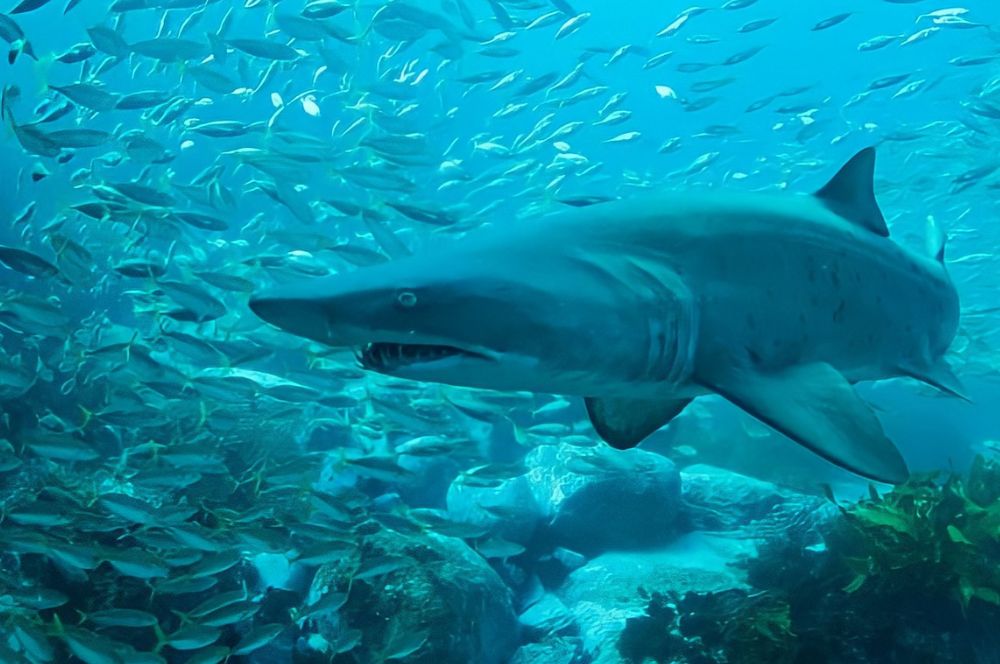
- Shark species found in the area: Though many divers might fear sharks, it's important to understand the facts. Sydney Harbour has over thirty shark species, including Port Jackson Sharks, Bull Sharks and Wobbegong Sharks. Great white shark sightings are rare in this region, and these creatures pose little risk to humans.
- Shark Encounters and Safety Statistics: Although the likelihood of a run-in with sharks in Sydney Harbour is quite low, they're still present. Thankfully, you are much less likely to encounter one while diving than other dangers that may arise daily. Since 1791 there have only been 29 validated shark attacks in the area – approximately one every eight years - so it's always best practice to stay vigilant and follow safety guidelines whenever possible for peace of mind!
- Tips for minimizing risks and ensuring a safe diving experience: To minimize the risk of encountering a potentially dangerous shark, follow these safety tips:
- Dive with a buddy
- Avoid diving at dawn, dusk, or night, as these are the times when sharks are most active.
- Stay close to the shore or within designated diving areas
- Avoid wearing shiny jewellery or brightly coloured clothing, as these may attract sharks
- Be cautious around schools of fish, seals, or areas with abundant marine life, as these can attract sharks
By following these safety guidelines and remaining vigilant, divers can enjoy the underwater wonders of Sydney Harbour with peace of mind.
2. Top Scuba Diving Sites in and around Sydney Harbour
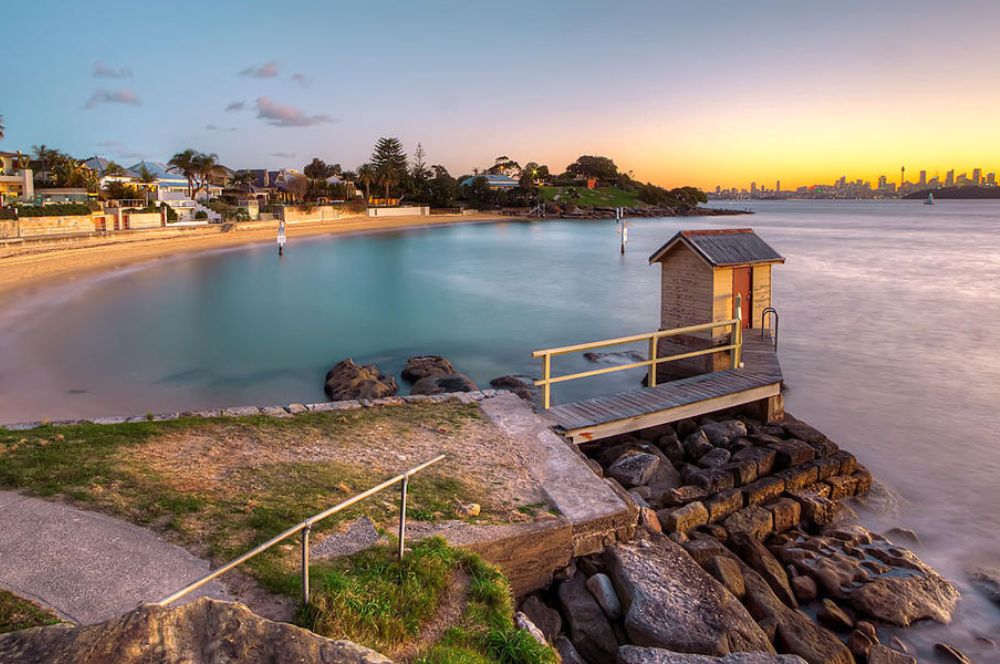
Most dive sites in Sydney Harbour are beginner-friendly dive sites.
- Camp Cove: Located in the peaceful waters of Watsons Bay, Camp Cove offers pristine and tranquil conditions for novice divers to explore. Divers will enjoy clear visibility with a wealth of stunning fish and invertebrates inhabiting its depths - perfect for exploration! Entry points are situated at both ends of the beach, making it an easy site to access by shore dive.
- Chowder Bay at Clifton Gardens: Stunning, colourful reefs and various marine species make Chowder Bay a favourite among divers. It's also an excellent site for macro photography!
- Fairlight: The Fairlight area offers a variety of dive sites, from shallow reefs to deeper wrecks. Its calm waters make it an ideal spot for beginners and experienced divers alike!
- North Head: If you want to witness Sydney in an all-new light, head north to North Head! This magnificent area is situated on the city's northernmost point and boasts breathtaking sights of numerous shallow reefs teeming with sea life. Remember your camera during diving – these moments will be savoured for eternity!
- Wreck of the Centurion: Embark on a boat dive to an enigmatic 18-metres and explore the ruins of a lost vessel. Linger in awe at its corroded iron and timber scattered across the seafloor, with some still buried under the sand.
Are you looking for an extraordinary dive experience near Sydney? Look no further than Shelly Beach, Bare Island, Magic Point, Kurnell and Oak Park to the south of Sydney! These dives are unrivalled compared to anything else within the harbour due to its clear waters and a wide array of marine life. Plunge into this aquatic paradise below the surface and be mesmerized by all sorts of stunning wonders that await!
E. Seasonal variations and what to expect at each site
Water temperature and visibility in Sydney Harbour can vary throughout the year. During the warmer months (November to April), water temperatures can reach 22°C, while the cooler months (May to October) may drop temperatures to around 15°C. Visibility can range from 5 to 20 meters depending on weather conditions and the dive site's location.
3. Tips for Safe and Eco-Friendly Diving in Sydney Harbour
A. Importance of respecting local regulations and guidelines
To protect Sydney Harbour's aquatic habitat, it is absolutely necessary to comply with all local laws and regulations when diving. This may include fishing limitations, no-anchor areas or even marine park zoning. With these measures in place, we can ensure the ongoing preservation of this beautiful natural environment for years to come.
B. Marine life safety and interaction guidelines
- Although coming face-to-face with a shark is unlikely, it's still important to be aware and follow the safety advice included in this blog when encountering other potentially hazardous species.
- To ensure that marine life is respected and not harmed, divers should remain safe from wildlife, abstain from touching or agitating the animals, and never provide them with food. Adhering to these best practices will help maintain their habitats without causing disruption.
C. Sustainable and responsible diving practices
To minimize the environmental impact of diving, follow these eco-friendly practices:
- Use reef-safe sunscreen
- Secure your gear to prevent accidental damage to marine life
- Avoid touching or standing on corals, sponges, or other fragile underwater structures
- Dispose of waste responsibly and participate in cleanup dives when possible
4. Planning Your Sydney Harbour Scuba Adventure
A. Choosing the right dive shop and instructor
Finding the right dive shop and instructor is essential for a secure and pleasurable scuba diving experience. Do your research: find shops with positive reviews, knowledgeable staff members, and an aim to follow eco-friendly practices. It's also important to investigate the qualifications of each instructor, in addition to their communication skills as well as familiarity with Sydney Harbour; this will guarantee you get top-notch advice while underwater!
B. Guided dive tours and their benefits
For those new to diving or unfamiliar with Sydney Harbour, joining a guided dive tour is an excellent option. Guided tours offer the advantage of expert local knowledge, allowing you to discover the best dive sites and maximize your chances of encountering diverse marine life. Additionally, guided tours often include safety briefings and emphasize eco-friendly diving practices.
C. Essential gear and preparation tips for a successful dive
Before embarking on your Sydney Harbour scuba adventure, ensure you have all the necessary gear, including a mask, snorkel, fins, wetsuit, buoyancy control device (BCD), regulator, and dive computer. Boots, gloves and either 5mm or 7mm are recommended; you will need a hood for diving between July and October. Most dive shops offer rental options if you don't own your gear. It's also essential to familiarize yourself with local diving conditions, weather forecasts, and tide charts to plan your dive accordingly.
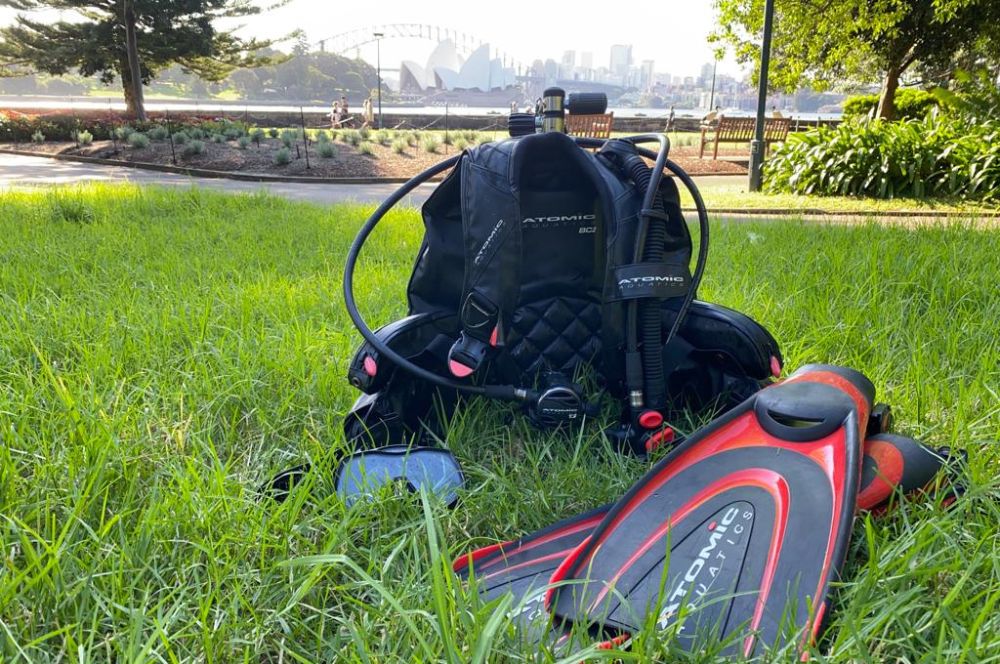
Discover the abundant marine life below Sydney Harbour's remarkable surface and embark on an unforgettable scuba-diving experience that will leave you in awe! We urge you to respect local regulations, follow eco-friendly practices, and share your experiences with other divers to preserve this underwater paradise for future generations. Let us help spread awareness of the incredible biodiversity in these waters—celebrate its beauty and encourage others to explore it too!
RELATED POSTS
-
Underwater Photography Tips in Sydney:…
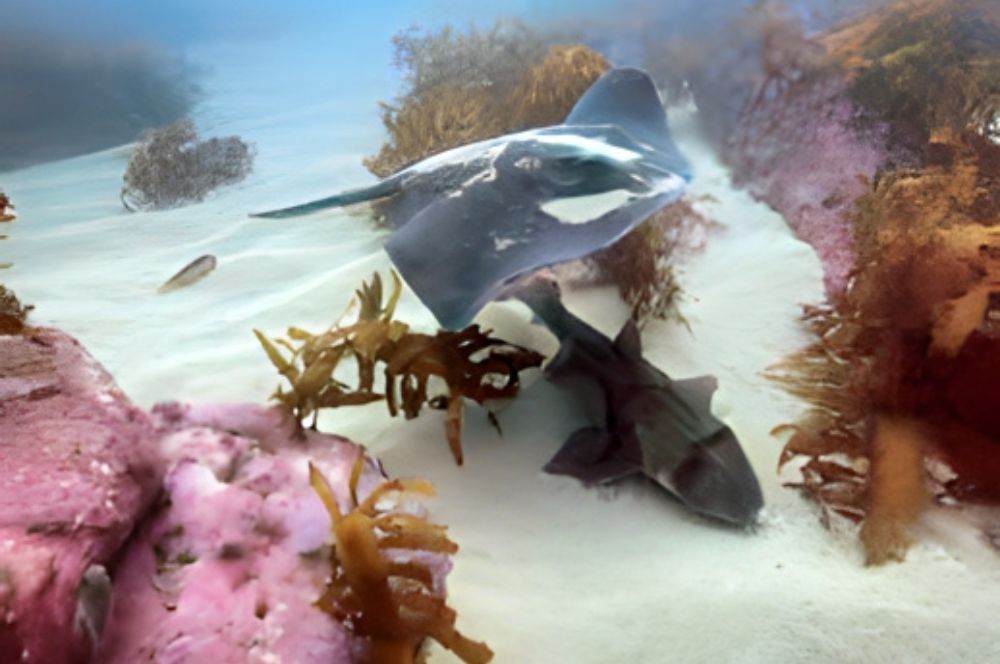
Underwater Photography…
From Sharks to Seadragons: Tips and Tricks for Underwater Photography in Sydney's Dive Sites Sydney's aquatic […] -
Diving Holiday in Sydney Go Scuba Diving…
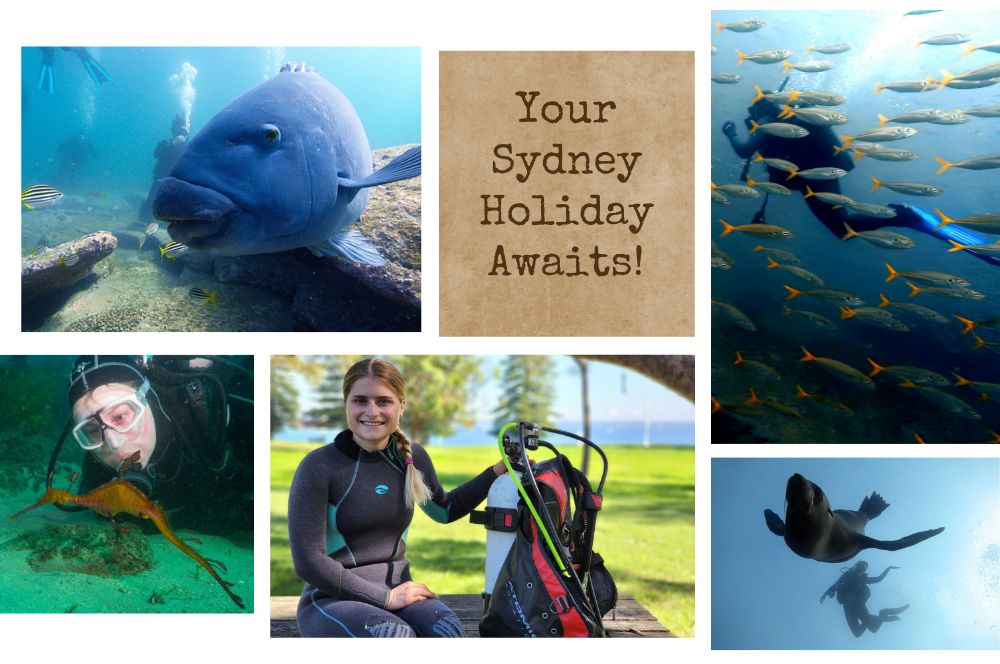
Diving Holiday in Sydney…
Over 4 Million People Visit Sydney Each Year – But Most Don't Know About the Unique Scuba Diving Sydney […] -
Scuba Diving Sydney | The Ultimate…
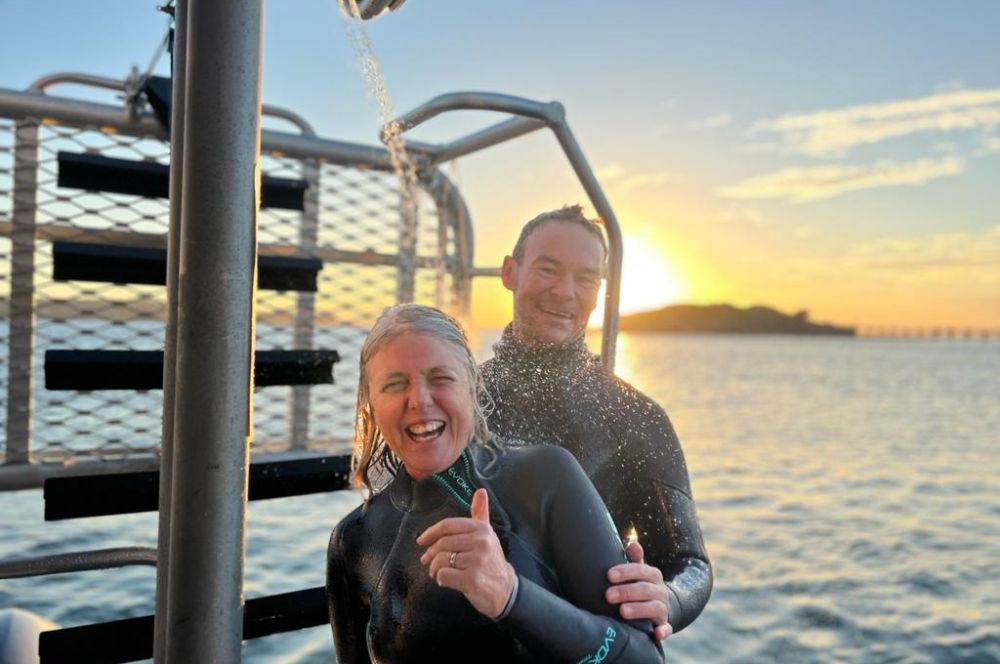
Scuba Diving Sydney…
Scuba Diving SydneyThe Ultimate Guide Looking to scuba dive in Sydney? You've come to the right place! Sydney […] -
Boat Diving in Southern Sydney.
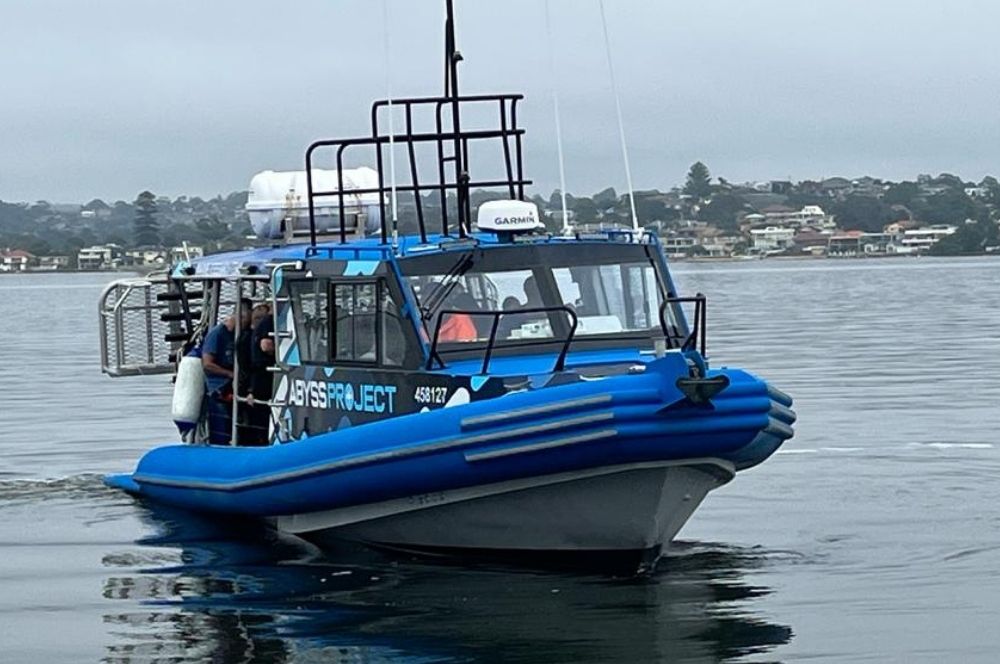
Boat Diving in Southern…
Boat Diving in Southern Sydney. Sydney's best boat diving is found in southern Sydney, which may come as […]
Recent Posts
